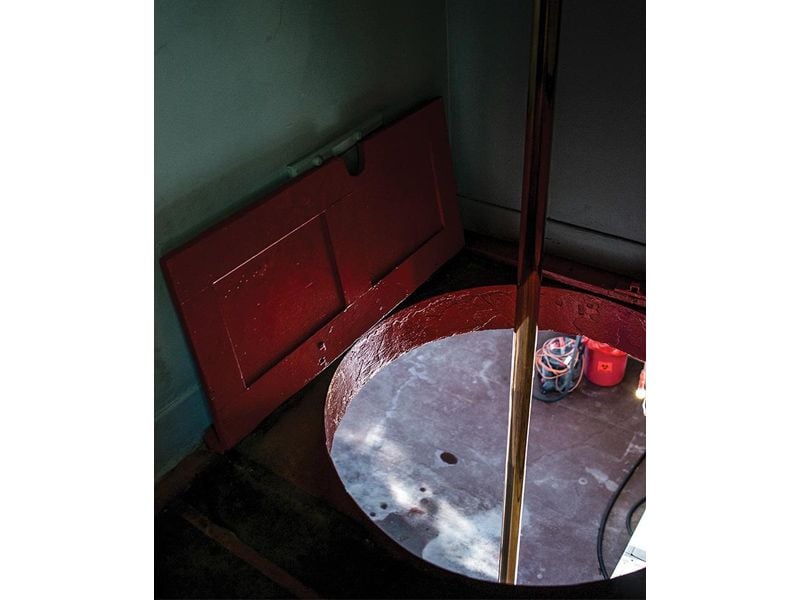How an Ingenious Fireman Brought a Pole Into the Firehouse
More than a century ago, David Kenyon of Chicago discovered the fastest way to the ground floor
:focal(891x584:892x585)/https://tf-cmsv2-smithsonianmag-media.s3.amazonaws.com/filer/82/84/82844052-9094-40d7-9cfb-a9be539e0718/julaug2020_b26_prologue.jpg)
In the 19th century, American firefighters had two ways of descending from their sleeping quarters to their horse-and-buggy conveyances on the ground floor: either by spiral staircase—installed to keep wayward horses from wandering upstairs—or through a tube chute, similar to the enclosed slides you see at playgrounds today. The stairs were cumbersome and the slides were slow, and in the 1870s, David Kenyon, the white captain of Company 21, an otherwise all-African-American firehouse in Chicago, had an epiphany.
One day, Kenyon and a colleague got a call about a fire, and his fellow firefighter reached the ground by sliding down a wooden pole normally used to bale hay for horses. That made Kenyon wonder: Why not place a permanent pole leading directly from the upstairs sleeping quarters to the ground floor, thus avoiding stairs or chutes? When Kenyon installed his pole in 1878, other firefighters in the city thought the idea was crazy—until they saw that Company 21 was now often the first to arrive on scene. In 1880 the Boston Fire Department installed a brass pole, the type still used today. Within a decade, poles stood in firehouses across the nation, and later in Canada, Britain and beyond.

Dekalb Walcott, former chief of Chicago’s 23rd Battalion, says that in Kenyon’s day, there was a competitiveness between firehouses to arrive first at a blaze—and a particular need for newly formed all-black firehouses to prove themselves. “There was an esprit de corps that came from beating other companies to a fire,” says Walcott.
In the American imagination, the appeal of firefighters—with their clanging engines and, of course, their poles—seems to be evergreen; many children still list “firefighter” as one thing they’d like to be when they grow up. The Occupational Safety and Health Administration no longer considers poles an approved means of egress, calling them “inherently dangerous,” and some departments, like those in Washington State, are outlawing their construction as a result. But many firefighters themselves still consider the pole essential. “It’s a major part of firefighting,” says Sean Colby, a lieutenant on Engine 10 in Boston. “I enjoy using it and believe it’s an iconic tradition we shouldn’t let go.”
Editor's note, March 11, 2022: An earlier headline for this article suggested that David Kenyon was Black. In fact, he was white.